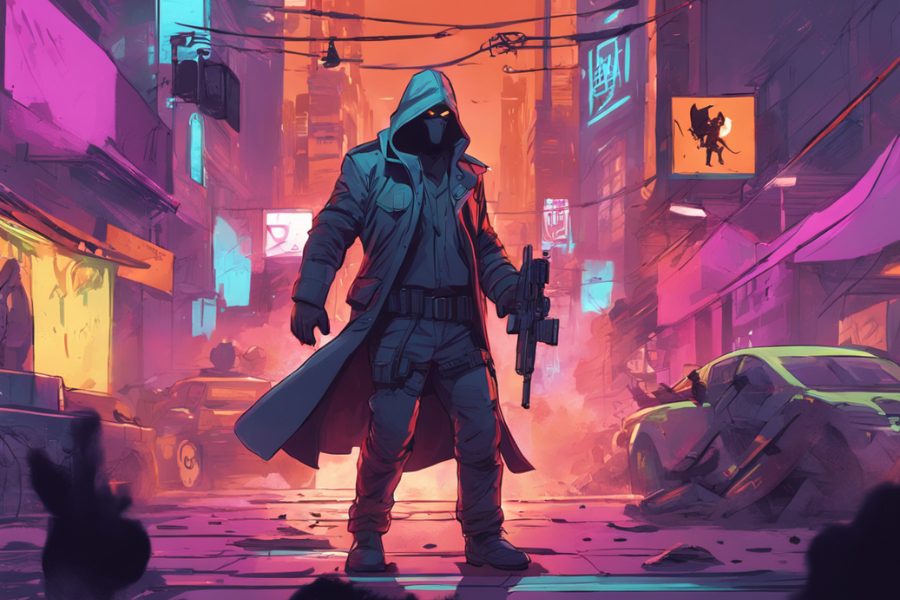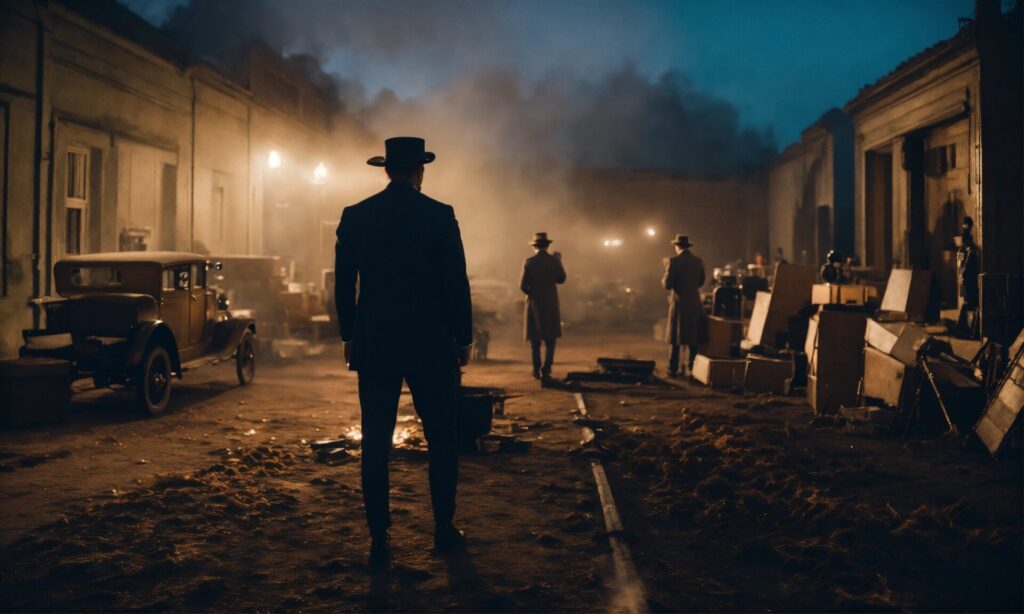5 Tips on Writing: With Melinda Bailey
I’m currently a senior game designer at Maxis, but my background is in Narrative Design. I started out writing for video games because of comedy. I was performing sketch and stand-up in San Francisco over 20 years ago, where a lot of the other comics were writing for trivia games, so I jumped on the bandwagon and just never got off.
Since then, I’ve accepted just about any gig that’ll allow me to shoehorn a few jokes into a text box. Even when writing a mystery novel about a string of murders in San Francisco’s music scene, I made them funny… y’know… funny murders. I called it Legs and the Two-Ton Dick because I was positive that my publisher would make me change that name, but he never did.
Hooking Your Audience

Humor! if you have something you really need to get across to your player, hide it between the set-up and the punchline. I call this the Who Killed Roger Rabbit rule of game writing. For example, if you want to tell the player that they need money to acquire goods and services, you could write the following object description for a hunk of cheese: “Cheese. Cost: Five game bucks.” Nice. Not thrilling, but nice.
The player might be more likely to immediately engage with your monetary system, though, after reading the following description: “This cheese costs money. Go get a job, ya lousy freegan, so you can experience the most delectable substance on earth.”
Mastering Plot Development
Rather than pacing around your little at-home office, letting all your brilliant, writerly ideas slosh around in that big brain of yours, like pickles in a barrel, get in a room with other writers and creative types and talk it out. I promise you that by bouncing ideas around in a room filled with big brains, you will come up with more and more interesting plot points than you would’ve with your big ol’ pickly brain alone.
You might even find the plot running in a different direction. For example, you were sure that the giant killer toasters should win in the end, but then someone says the word “fork” and you’ve suddenly got a great idea for a new anti-toaster weapon.
Effective World-Building Strategies
Collaborate don’t dictate. You could give your artists a detailed description of exactly what the market building should look like, or you could just say that you want a building that’s used to sell items, mostly food. Your artist could come back with a pickle-shaped building or something else that you might not have thought of.
At that point, you could say, “Oh hey, I love the idea of a pickle-shaped food shop, but could you make the pickle more of a gherkin or make it a cheese-shaped shop instead?” This give-and-take will foster creativity in the team, resulting in a more unique, and perhaps tasty-looking, world.
Techniques for Character Development

Developing a character is like getting dressed for a party. Whether it’s a classy dinner party or a 90s-style rave, you should always take off one superfluous accessory before you go out in public. You don’t need the light-up binky AND the twirling lolly, just like the rebellious rich girl with a penchant for attending anti-capitalist protests doesn’t need a tragic chewing-gum addiction and a failed juggling career. Take one away.
You can always put it back in the third act when she has to hide out with a traveling communist circus and learns to juggle as part of her cover. Voila! From character overkill to character growth.
Crafting Meaningful Decisions
I’ve been plugging the idea of collaboration a lot, but it bears repeating here. Collaborate with your player. Allow them to write their part of the story. There’s no need to spoonfeed every detail of every little plot point. Your player has a big brain, too. They’ll fill in the blanks.
What are your strengths in writing and narrative design?

My biggest strengths are humor and dialogue. In my career, I’ve learned to lean on my strengths as I build on my weaknesses.
Which games or stories have you worked on?
Most recently, I’ve worked on Project Rene and The Sims 4. Recent shipped games include Kim Kardashian: Hollywood, WWE Universe, and Diner Dash Adventures (Glu Mobile).
Titles from the way-back machine – Snapimals for Be Bop Be, Avapeeps for Digital Chocolate, Hyperactive for Tech TV, Cosmic Consensus for Berkeley Systems, and Trivial Pursuit Millennium Edition
Exploring Favorites
Easy. The Monster at the End of this Book. It made me want to be a writer. More specifically, a funny writer who knew how to break the fourth wall for comedic effect.
A Wish for Interactive Audio Stories
Beyond Good and Evil. Just because I think that’s our best shot at part two.
Register for our Free Writing Workshop now!
If you are interested in creating your own interactive audio story, you can apply for our free webinar! It will introduce you to our interactive story game engine, TWIST, and teach you how to use it to create interactive audio stories.
Interested in contributing to our blog series?
If you would also like to publish a blog post on our website and share your own story with interested readers, simply fill out the contact form.





